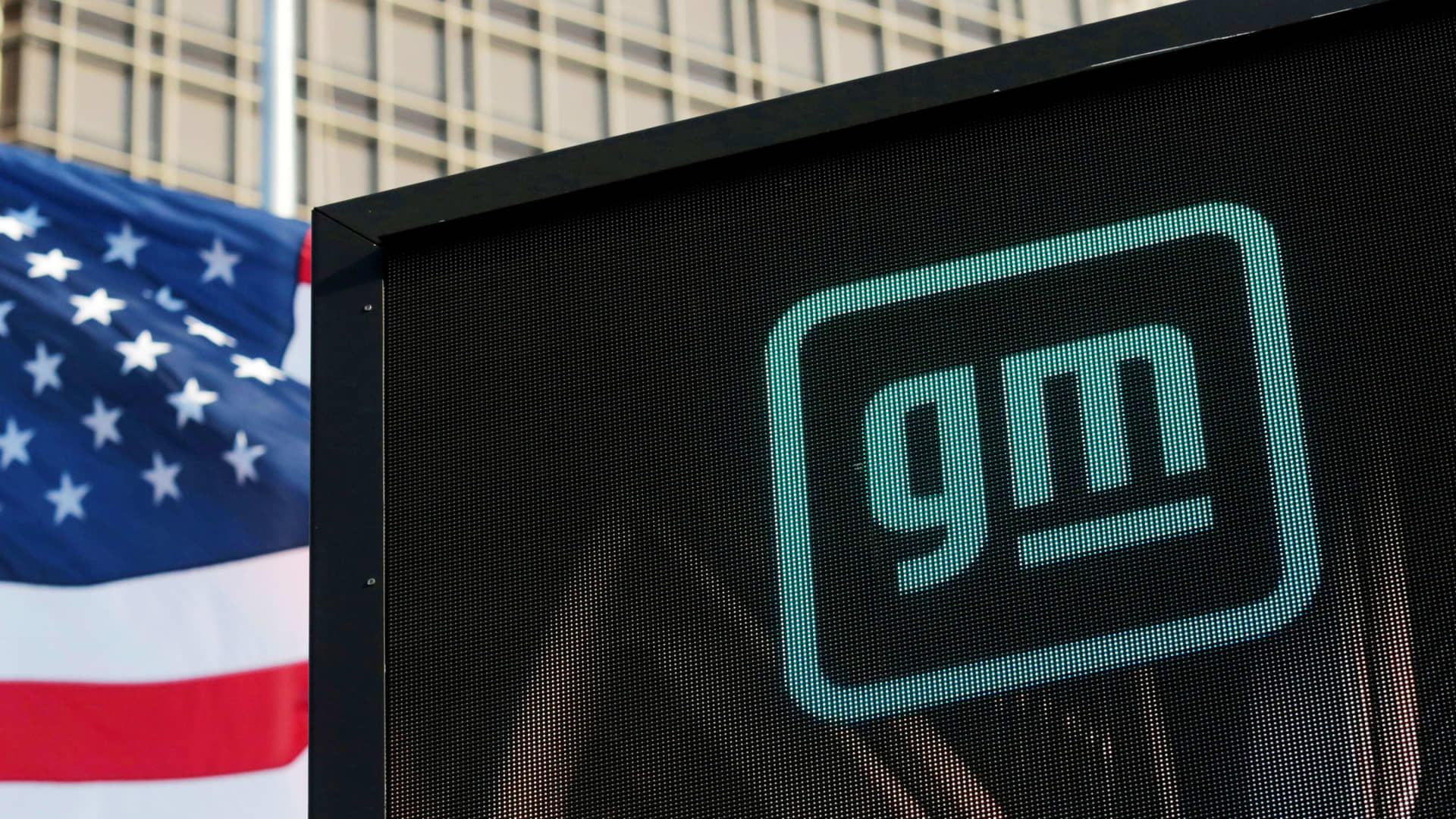
Georges Gobet/AFP via Getty Images
earnings surprised to the upside again, reporting better than expected first-quarter profits. The result looks great, but the stock is down. The reason: The global semiconductor shortage is starting to hurt, causing Ford to reduced its full-year earnings guidance.
Ford (ticker: F) managed to crush earnings expectations in the fourth quarter too. Pulling off that feat this time was a little tougher, though. The chip shortage, along with higher raw material costs, made life difficult for all auto makers. The shortage showed up in the numbers and the impact to the current quarter will be far bigger.
For the first quarter, Ford Motor (ticker: F) reported an adjusted profit of 89 cents a share from $36.2 billion in sales. Wall Street was looking for 22 cents in per-share earnings from about $36 billion in sales.
It’s a huge earnings “beat,” but shares are down about 3.3% in after-hours trading. Coming into the earnings release, Ford shares had risen about 42%, far better than comparable gains of the
and Dow Jones Industrial Average.
The semiconductor shortage hit Ford’s free cash flow. That’s one reason for concern. Ford burned through about $400 million in the quarter partly because it exited with more unfinished cars. That impact should resolve itself over the coming months as Ford ships vehicles to dealers. Retail car sales are booming in the U.S. and dealer inventories are low, contributing to rising new car prices and record-high used car prices.
Ford sells cars to dealers, not end consumers, so even though retail car sales rose quarter over quarter, Ford shipments fell about 6%. Revenue still rose 6% because Ford prioritized selling higher-end vehicles.
Overall, the company managed the impact of the chip shortage well in the first quarter, but it is getting more severe. Ford expects to lose 50% of its planned second-quarter production. Ford lost 17% of its expected production in the first quarter.
As a result, Ford expects to make about $6 billion in 2021 operating profit, down from its comparable initial guidance of about $7.6 billion.
Ford already said the shortage could hit earnings by $1 billion to $2.5 billion back in February. So the new guidance, while down, is in the range of expected outcomes.
also called the chip shortage a billion-dollar headwind to 2021 earnings. GM included the headwind in its initial 2021 guidance.
That shortage wasn’t even worse than initially expected is a bit of good news. Still, investors are more nervous about 2021 than they were before Ford released earnings.
The company hosts a conference call at 5 p.m. eastern time to discuss results.





